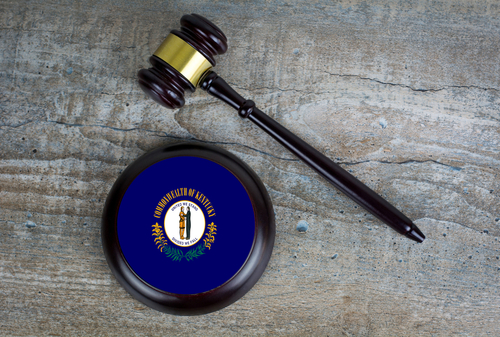Despite Legal Exceptions, Access to Abortion Denied in Peru
By Camila Gianella
Between August and mid-October 2023, media reports documented a string of tragedies: six Peruvian girls between the ages of 10 and 13 were raped by relatives, resulting in unwanted pregnancies. Initially, health workers denied the girls access to abortion, and ultimately one died during labor.
Health workers and other bureaucrats denied these girls access to therapeutic abortion on different grounds: Some withheld access to information or asked for the authorization of the parents (even when the mother’s partner was the rapist), others asked the girls and mothers to reflect on the rights of the unborn, and others denied the medical procedure, arguing that they did not qualify.
Abortion, however, has been legal in Peru for 100 years only in cases where the procedure is necessary to preserve the life or health of the pregnant woman. Unfortunately, informal rules long have been used to deny access to legal and safe abortion. After two groundbreaking international decisions, KL v. Peru and LC v. Peru, Peruvian authorities issued the 2014 National Therapeutic Abortion Guidelines, which attempted to address this discrepancy, although in practice, the guidelines have been difficult to implement.
In fact, the cases described above show that despite legal victories, informal rules to block access to safe abortion are still prevalent across the country, and are enforced with impunity. Peruvian health authorities are not taking disciplinary measures against health workers who are negligent in reporting sexual violence and in providing timely information about therapeutic abortion to girls and their relatives.
Further, these six cases are, unfortunately, a small representation of the situation that thousands of girls experience in Peru. Every day, at least four girls in Peru between the ages of 10 and 14 give birth. The majority of these cases do not reach the media.
This situation prompts reflection on the limits of decisions from human rights bodies, and the capacity and strength of these bodies to oversee the implementation of their decisions in the long term.
However, these dramatic cases also show the importance of such bodies. Some sectors of the media, quoting the decisions made by these bodies, have adopted a human rights framing in their coverage, and thus have advanced the debate on abortion beyond medical and moral terms, which is not a marginal impact. Further, the public debate about these cases could inform other victims, and allow them to seek support beyond their health care facilities (i.e., involving legal/human rights advocates). The emergence of these four cases within a few weeks in the media could be, therefore, also a sign of change, as more people are informed that girls who are victims of rape have the right to access to legal abortion.






